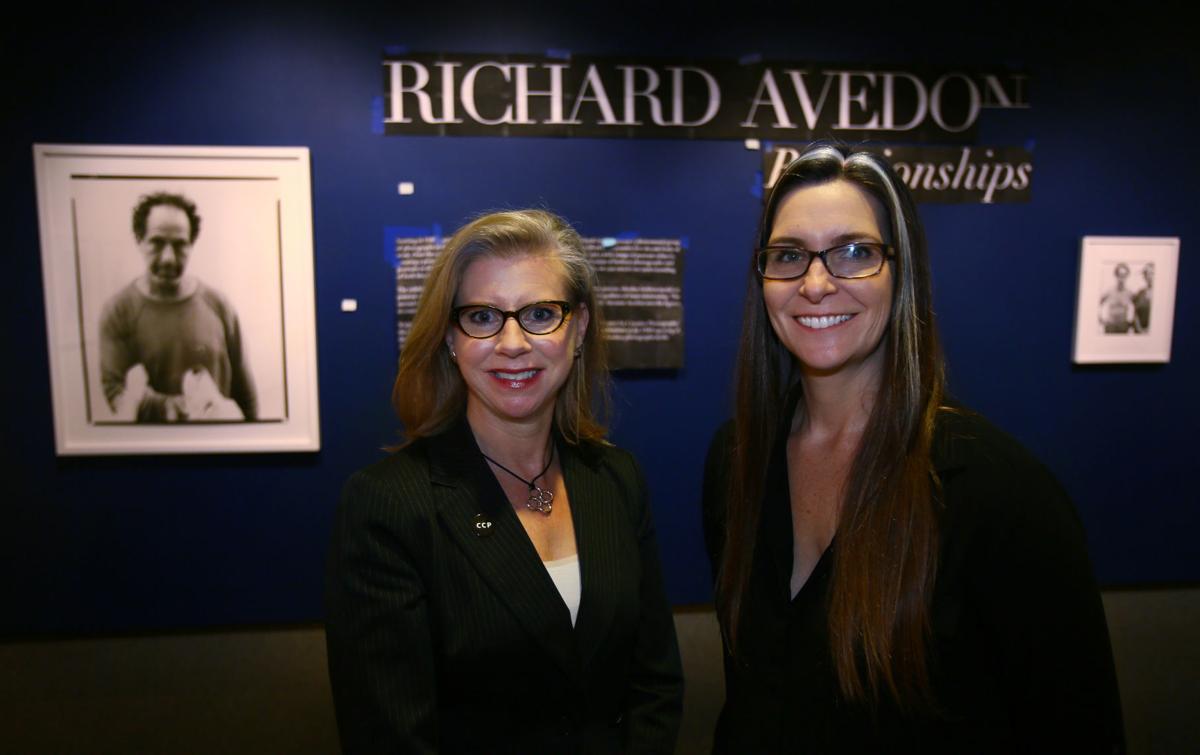Anne Breckenridge Barrett is exactly where she wants to be: In Tucson at the Center for Creative Photography.
Breckenridge Barrett began her appointment as director in January.
“Annie is a dynamic leader with broad experience and a passion to advance CCP to even greater prominence,” R. Brooks Jeffery, associate vice president for research, said in an October 2017 news release.
Breckenridge Barrett has a bachelor’s degree in art history from American University in Washington, D.C., her hometown, and a master’s in visual arts administration from New York University.
She had worked in several museums when a mentor encouraged her to go to law school and blend her knowledge and love of museums with the law and business practices.
Barrett received her law degree from the Vermont Law School, which is where she met her husband, a third-generation Tucsonan who was majoring in environmental law.
She practiced corporate law, worked for the state Attorney General’s Office in Tucson and was chief operating officer for an arts-education group. She and her family realized that if her career was going to advance, they’d have to leave Tucson.
She became director of collections and exhibitions at the Museum of Contemporary Art Chicago in 2013. At the MCA, she shepherded and produced major exhibitions such as “David Bowie Is,” according to press materials. Her husband and children missed the desert, and she commuted between Tucson and Chicago for a couple of years before she joined the center.
“I am grateful to be here. It’s an honor to be the cheerleader for this growing collection,” she says.
The center, established in 1975, is a premier research collection of American photographic fine art and archives. Its collections include some recognizable names in 20th century North American photography. The center was originally part of the university’s library system and is now under research.
Seeking to further connect with the university and community, Breckenridge Barrett says she puts an emphasis on access, investment and engagement, which includes flinging the doors open for Tucsonans and visitors.
In under a year, she enabled creation of the Heritage Gallery as a showcase of 20th century masters like Ansel Adams and new contemporary acquisitions.
The center celebrated all things car with its first Family Day in September in conjunction with the “Longer Ways to Go: Photographs of the American Road” exhibit. A new membership group was formed to both involve the community and help raise funds.
Access also includes digital access, says Breckenridge Barrett. The center is amping up its website. Most people visit the website before they come to the center. Likewise, enhanced digital access will aid scholars around the world in their research. Emily Weirich was named associate archivist for digital initiatives to enable the effort.
Even though the center is attached to the university, fundraising has an impact on practically everything the center does, such as more outreach and opening doors to more researchers. She wants the center to be a “servant leader,” where the main goal of the leader is to serve.
“I am inspired every day by the staff and the content we hold,” Breckenridge Barrett says.





